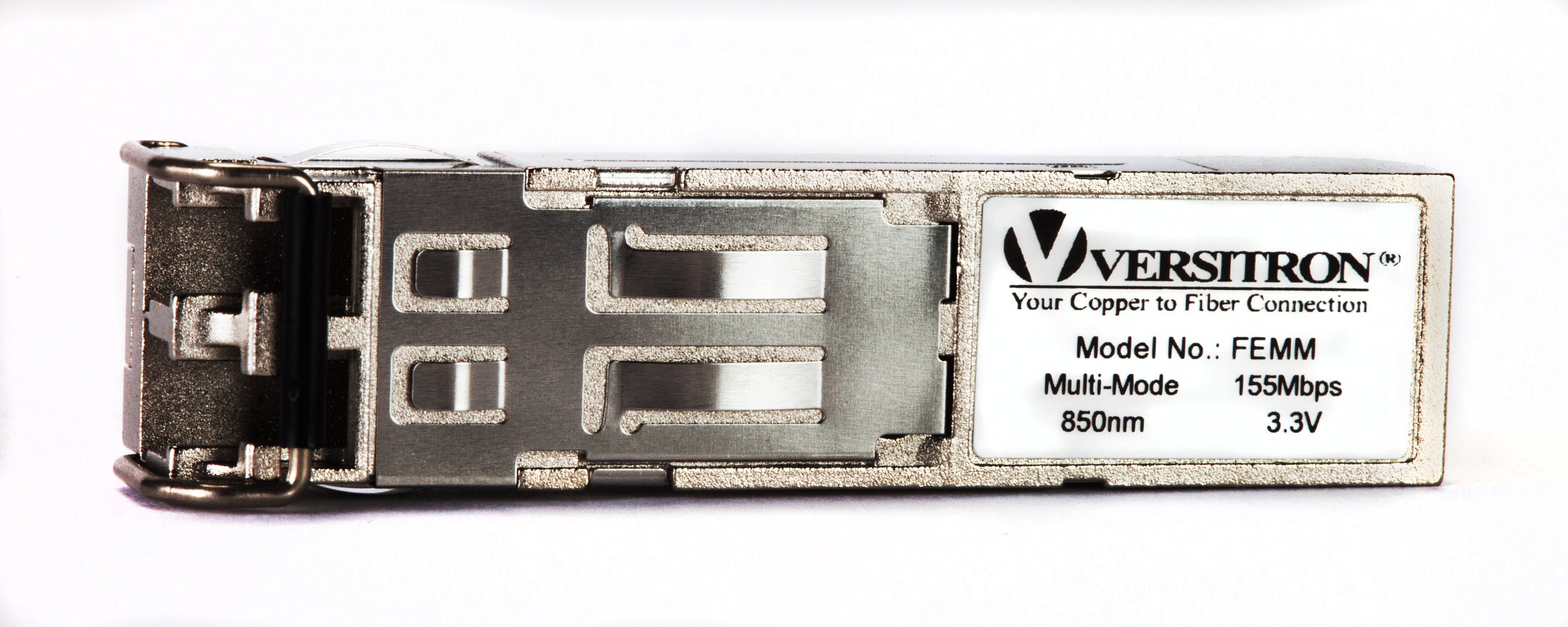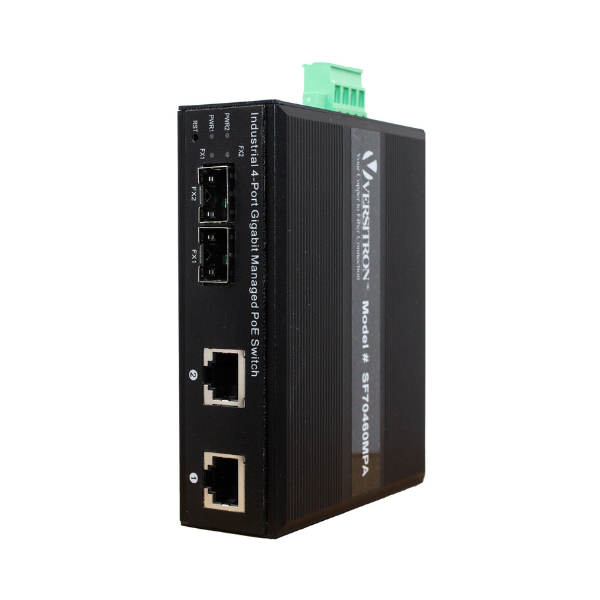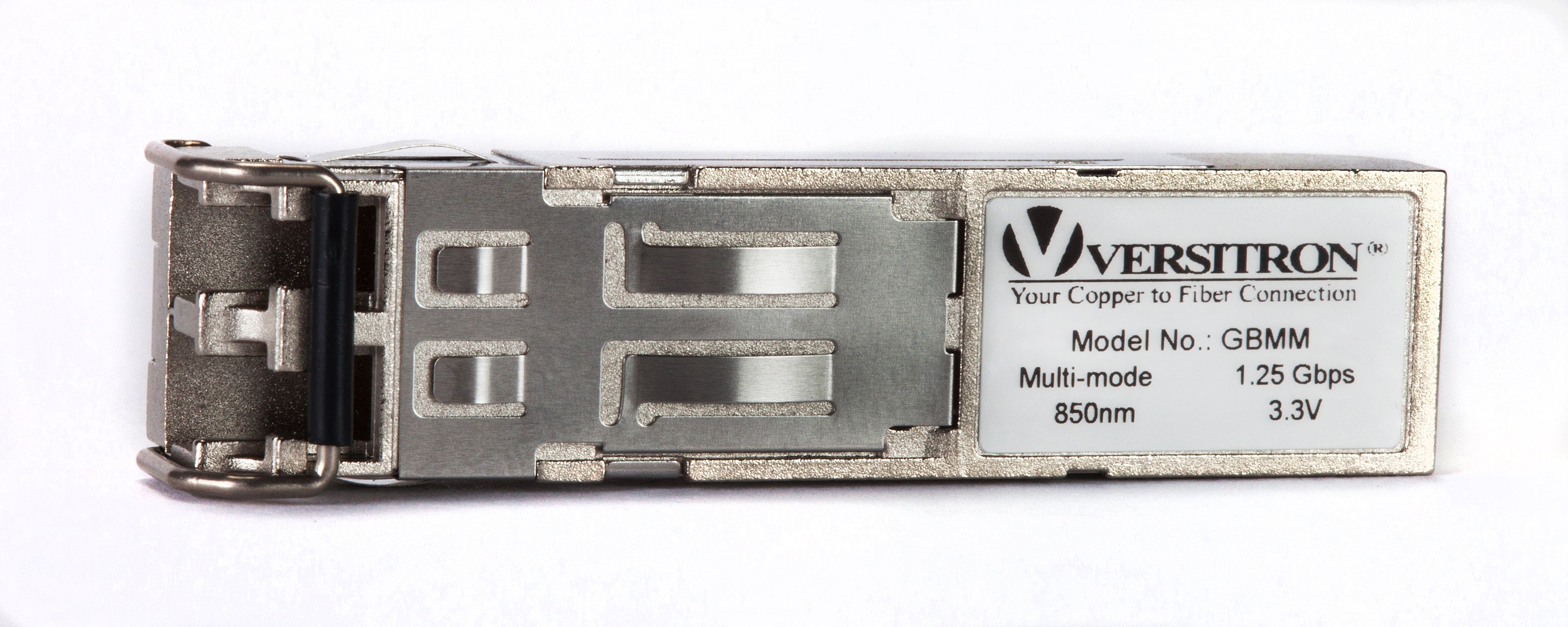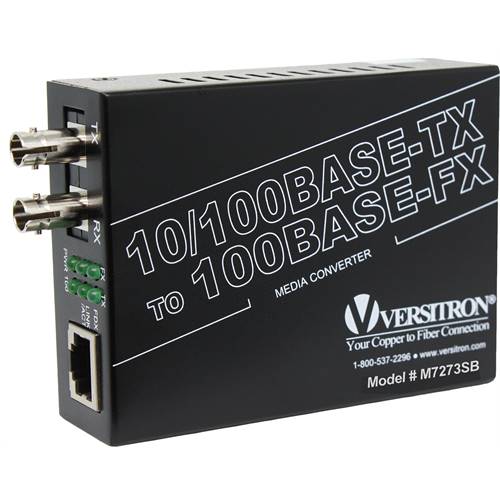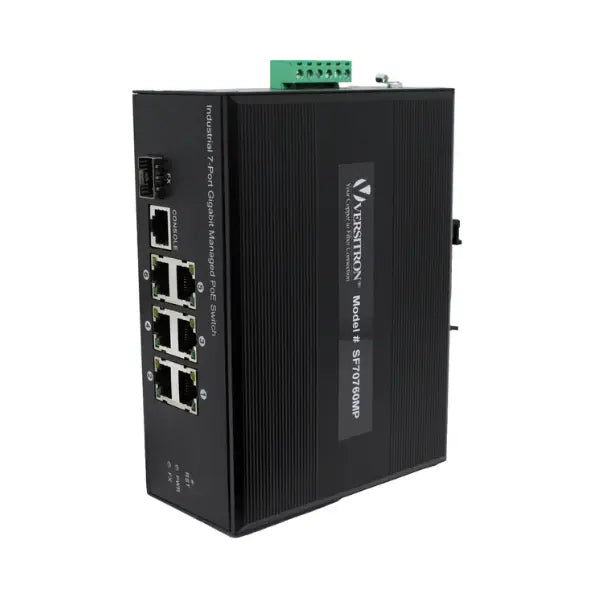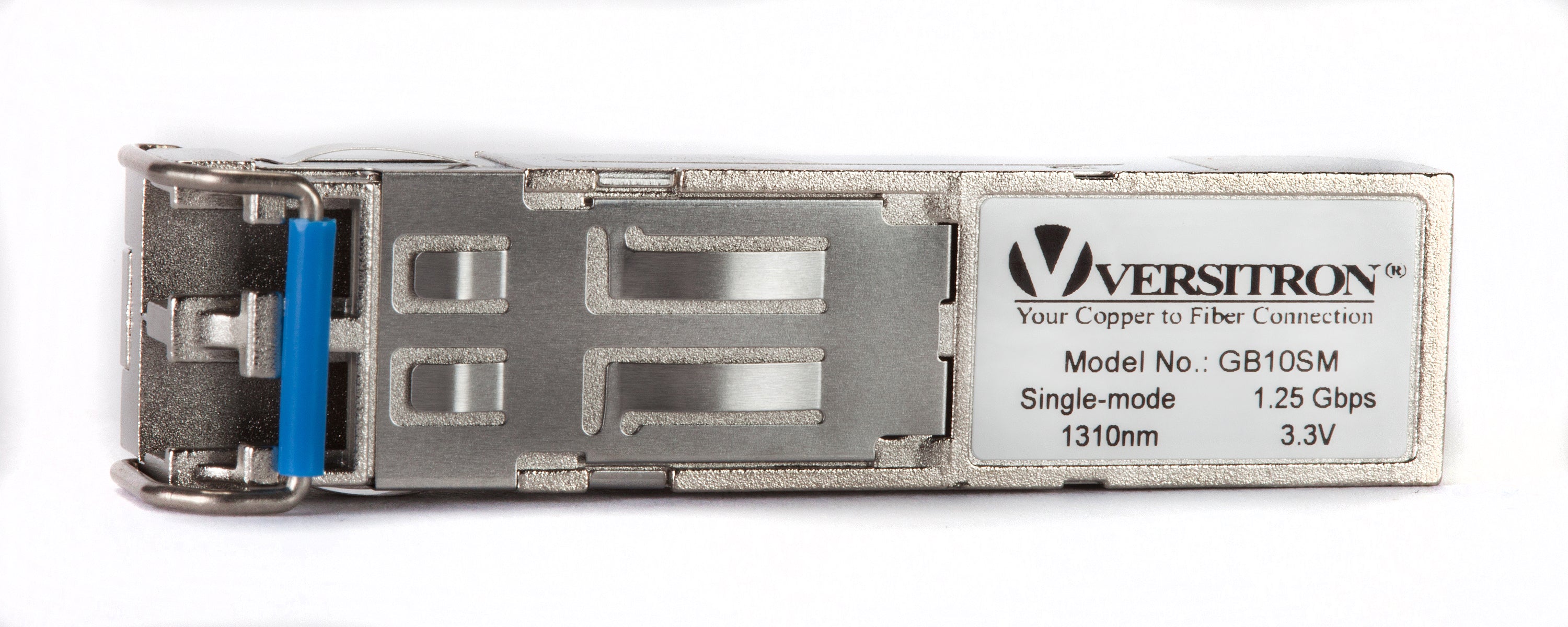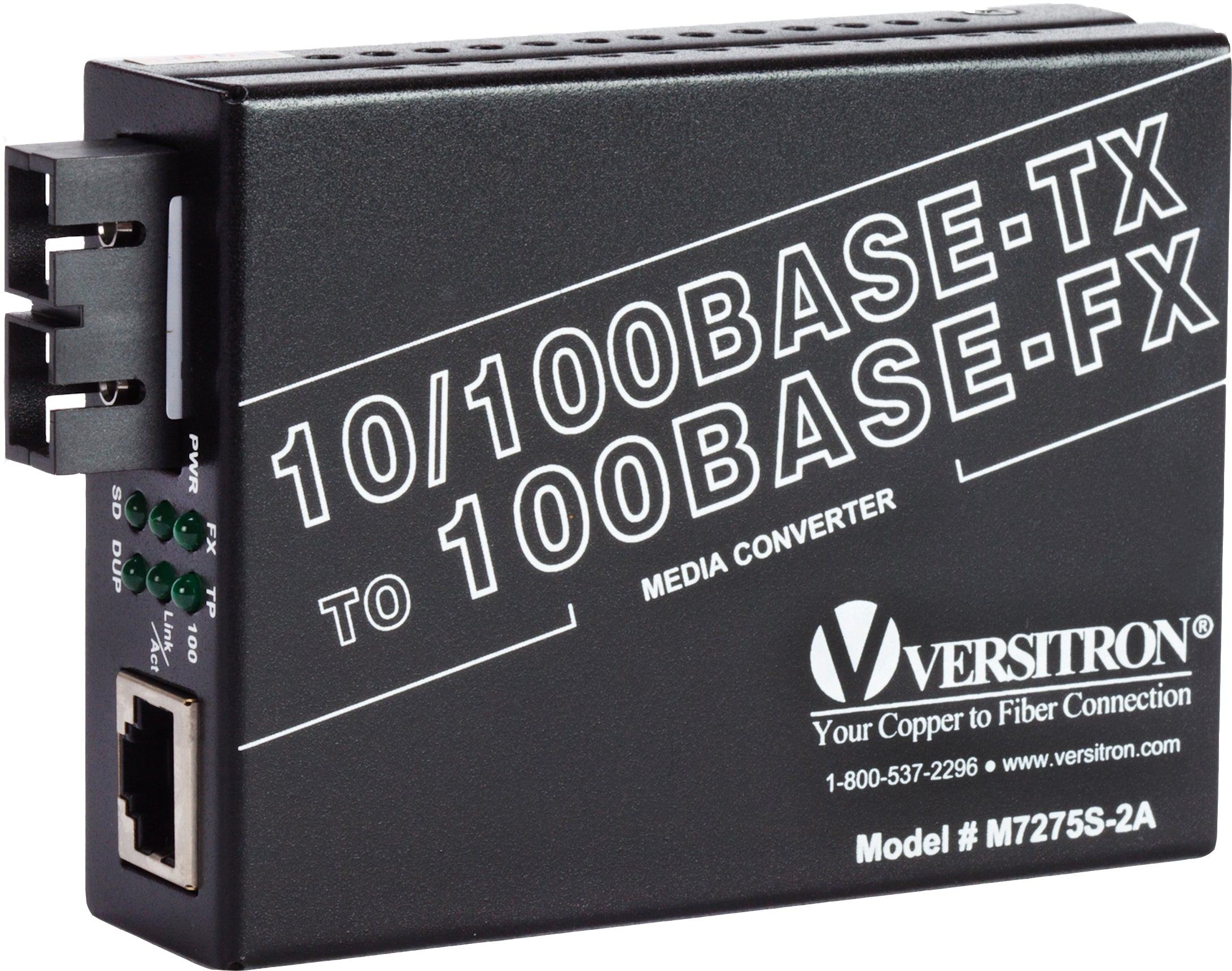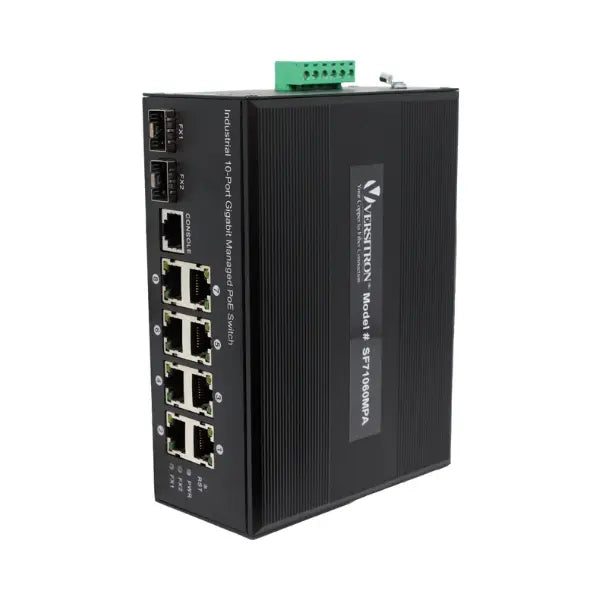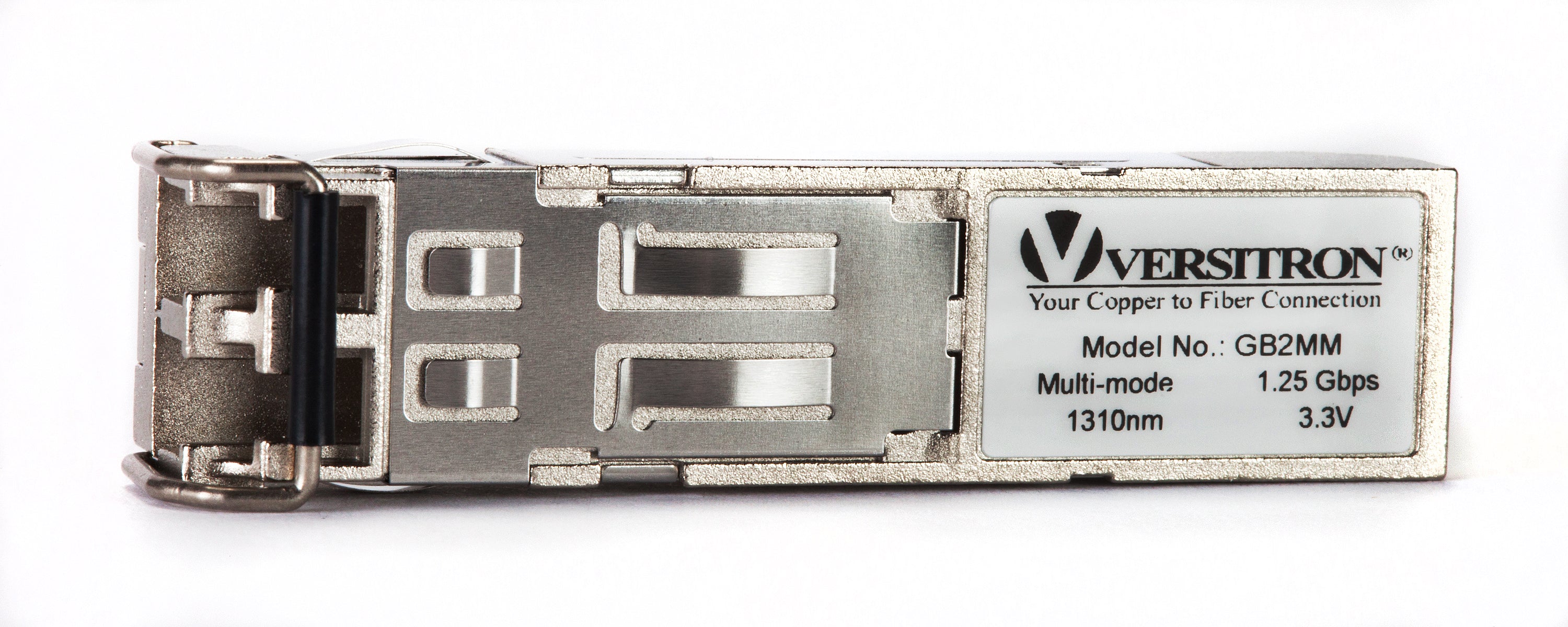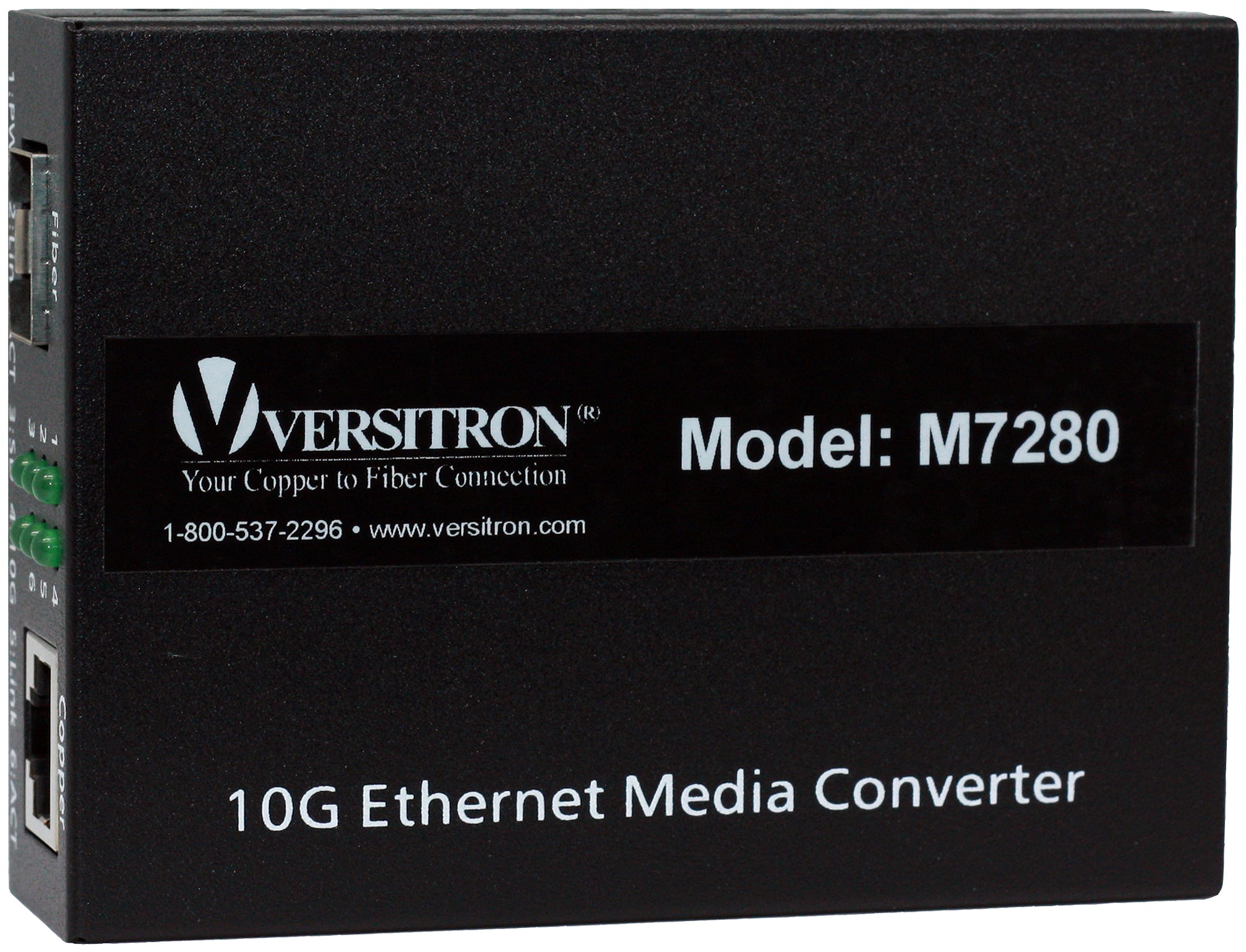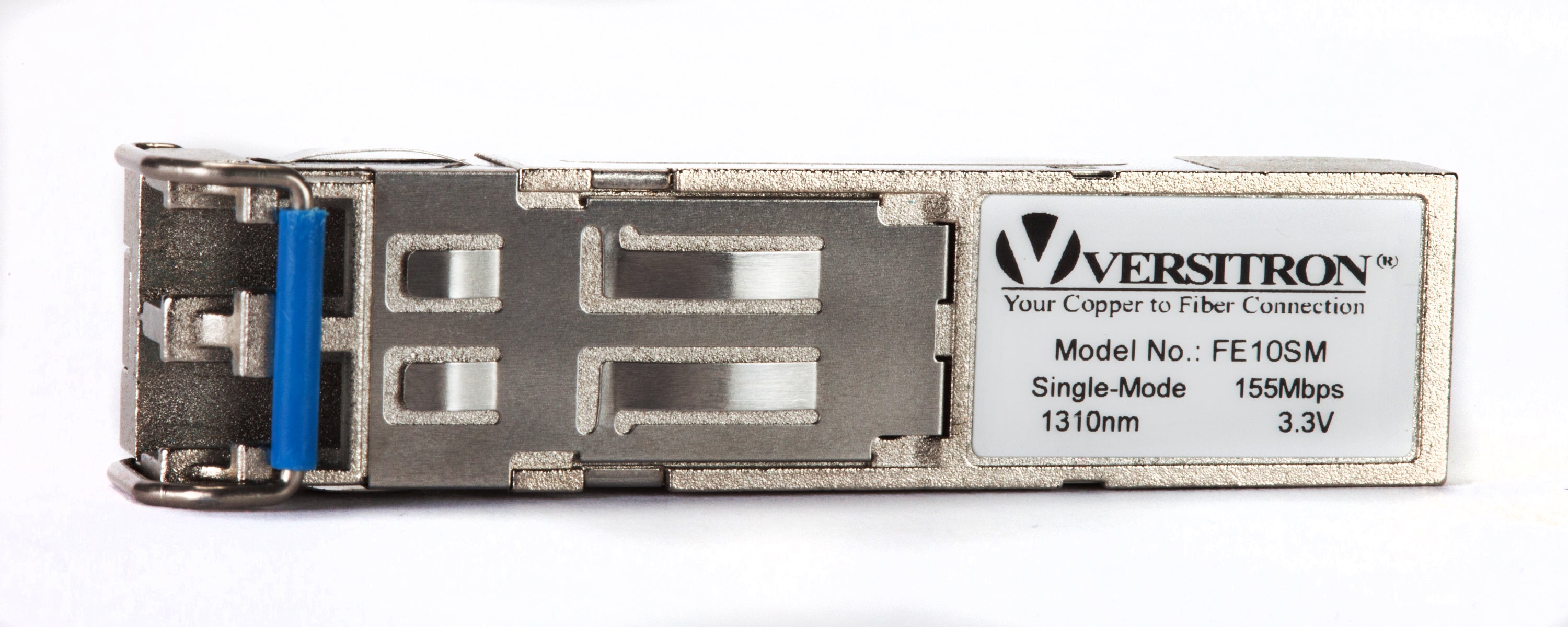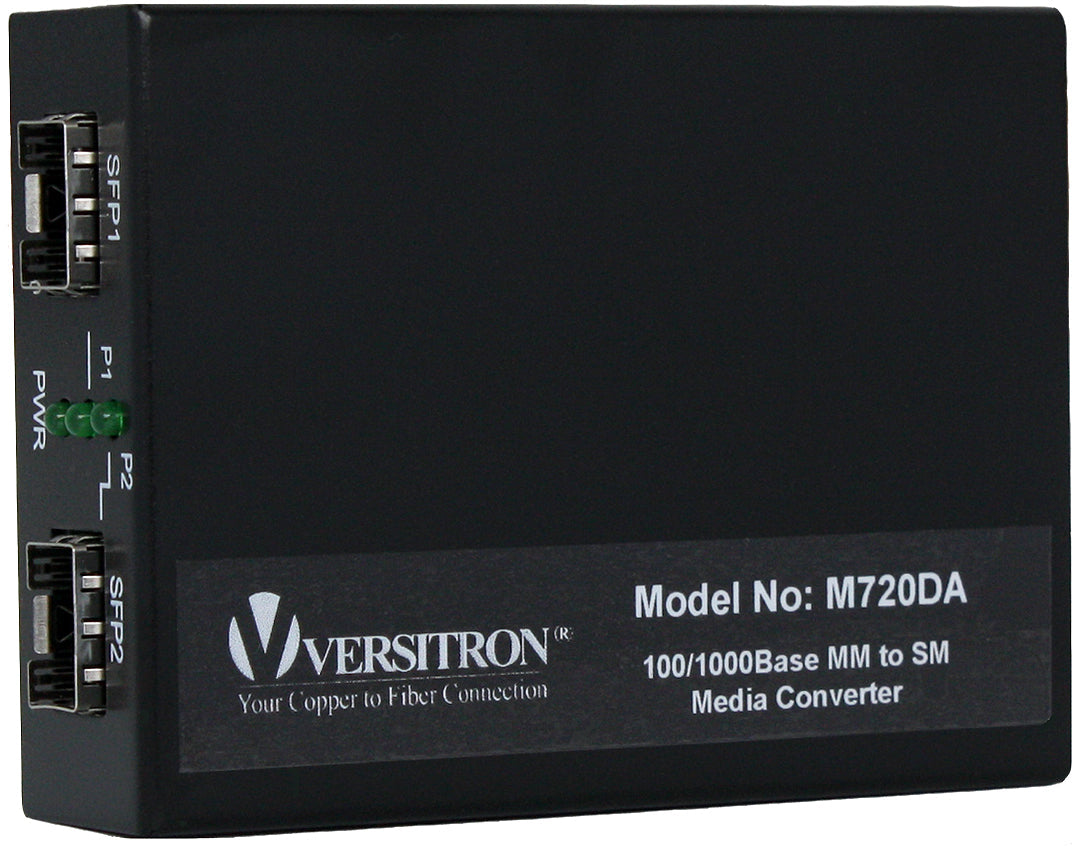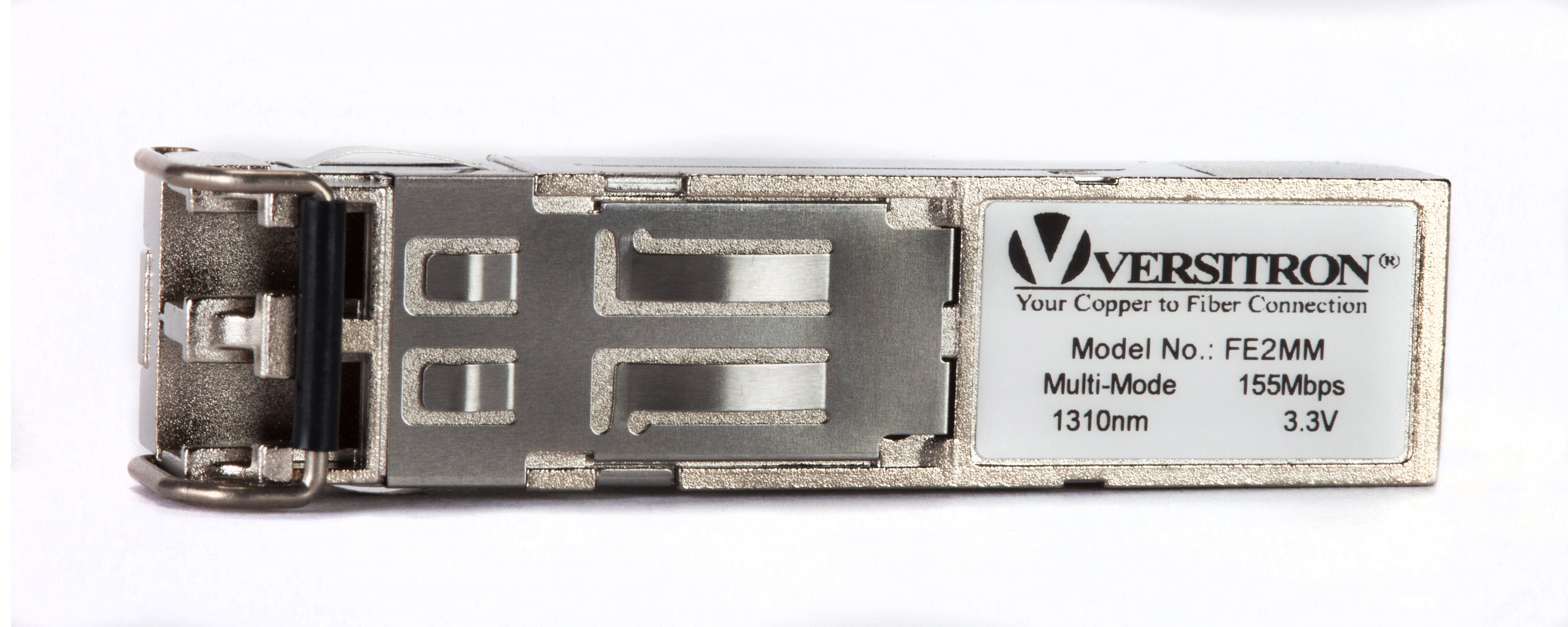Optical transceivers are a crucial part of data transmission and reception in fiber optic as well as blended networks. SFP or small form factor pluggable modules and BiDi or bidirectional SFP are the most widely used types of optical transceivers. Actually, BiDi is just another variant of SFP with different features.
SFP transceivers are compact-sized modules used for voice and data applications and have two different ports for transmission (TX) and reception (RX) and separate, parallel fibers for transmission and reception each.
On the other hand, BiDi transceivers use a single optical fiber and port for both transmission and reception of data. Likewise, there are other distinguishing features, benefits, and drawbacks of each of these optical transceiver types. This post discusses much the same and more.
SFP vs BiDi SFP: Key Differences
While both common SFP modules and BiDi SFP are compact and help save space as well as reduce wiring, they have some major differences in many other aspects. Here are some major distinguishing factors between BiDi SFP and general SFP modules.
Also read: What is an SFP Module?
Number of ports and fiber usage
SFP: A common SFP transceiver module has two separate ports (TX and RX) for transmitting and receiving signals. This is done over two fiber strands running parallel in an optical cable.
BiDi SFP: This module utilizes the wavelength division multiplexing (WDM) technology for combined bi-directional transmission, and hence uses a single port for both transmitting and receiving signals over a single fiber optic cable. Also, here the transmitters need to be deployed in pair. More BiDi SFP modules can be used in the same switch due to single-fiber usage.
Data rates and wavelengths
SFP: You need a separate transceiver and receiver port. Here, the data rates range from 10/100/1000Mbps and 100Mbps to 1000Mbps, 10Gbps, and beyond. The transmission distance can be expanded up to 100km. These are hot pluggable devices also known as mini-GBIC.
BiDi SFP: Here, bidirectional data transfer is achieved using different wavelengths for upstream and downstream data on the same port and cable. The data rates range from 1G to 10G. This module supports a transmission distance of up to 120km.
Cost and compatibility
SFP: SFP modules have a relatively simple design and are hence cheaper than BiDi SFP. Also, they are compatible with Ethernet cables as well as optical fiber cables as these modules have both types of connectors. They are compatible with various communication standards such as SONET, Gigabit Ethernet, Fiber Channel, and the ones that are compliant with the Multi-Source Agreement (MSA). This is a huge benefit aside from affordability.
BiDi SFP: These are more expensive than general SFP modules mainly owing to WDM technology integration. Since they are designed to specific standards, there may be compatibility issues with cables and connectors of communication standards other than fiber optic.
Applications of SFP and Bidirectional SFP
SFP: Common SFP modules that are MSA compliant have a wide range of applications, including short-haul and long-haul links, Ethernet, and other protocols, thanks to their cost efficiency and compatibility. Standard SFPs are more reliable for high-bandwidth applications requiring full-duplex communication. The advantage here is that these modules can be effectively used in blended networks, wherein fiber optics is only used to expand the existing copper cable network.
BiDi SFP: This is suitable for point-to-point connections where fiber cost reduction is crucial or there are limited fiber resources. Also, they have limited wavelength options and compatibility despite their high cost. While BiDi offers advantages, most business networks do not have the equipment that supports BiDi protocol, and hence standard SFP is commonly used.
How to Optimize the Right SFP for Your Needs?
Choosing the right transceiver module will largely depend on your requirements. While the above pointers regarding application may be helpful in this regard, here are a few tips on how to optimize SFP modules to suit your needs.
- First, list and understand your network requirements vis-à-vis business expansion plans. Analyze if you need single mode or multimode networks and in terms of transmission distance, data rates, and so on.
- If you plan to expand your existing network and integrate it with fiber optics, the best option is using standard SFP transceiver modules. This is because BiDi may cause compatibility issues.
- If you require to cut down on fiberoptic wiring and have space constraints, BiDi may be suitable provided the network is fully fiber optic and the equipment is compatible. For this, also check the fiber type as well as the wavelength.
- Whichever type of module you choose, ensure your network becomes scalable and leaves scope for future expansions.
- Consider the cost savings expected and the overall budget as BiDi SFP would incur significant investment.
- Switches play an important role in modern networks in terms of data packet forwarding and more. Check for compatible SFP switch ports, especially if you also require RJ45 connectivity aside from fiber optic, PoE Switches, and other features in the switch.
Bidi SFP Transceivers: Revolutionizing Data Transmission Efficiency
Bidi SFP transceivers use bidirectional transmission technology to provide a unique method to enhancing data transmission efficiency. Let's dig deeper into the distinguishing features and benefits of these bidirectional SFP:
Bidirectional Transmission: As the name suggest bidirectional sfp utilize innovative bidirectional transmission technology, enabling data to be transmitted and received over a single optical fiber. Unlike traditional SFP modules that require separate fibers for transmission and reception, Bidi transceivers maximize the utility of existing infrastructure by transmitting data in both directions through a single fiber strand.
Optimized Resource Utilization: By leveraging wavelength division multiplexing (WDM) technology, Bidi transceivers enable simultaneous transmission of upstream and downstream data using different wavelengths. This optimization of resource utilization not only enhances the efficiency of data transmission but also minimizes the need for additional fiber optic cables, reducing deployment costs and complexity.
Optimized Resource Utilization: By leveraging wavelength division multiplexing (WDM) technology, Bidirectional sfp enable simultaneous transmission of upstream and downstream data using different wavelengths. This optimization of resource utilization not only enhances the efficiency of data transmission but also minimizes the need for additional fiber optic cables, reducing deployment costs and complexity.
Enhanced Performance: With support for high-speed data rates and extended transmission distances, Bidi SFP transceivers offer enhanced performance capabilities suitable for a wide range of networking applications. Whether deployed in point-to-point connections or integrated into complex network infrastructures, bidirectional SFP deliver reliable and efficient data transmission performance.
Future-Proofing Networks: Embracing Bidi SFP transceivers represents a forward-looking approach to network infrastructure development, ensuring compatibility with evolving technological standards and future expansion requirements. By investing in Bidi SFP technology, organizations can future-proof their networks and maintain competitiveness in an increasingly data-driven environment.
FAQs About Small Form-factor Pluggable and Bidirectional SFP
What are the key considerations when deciding between Bidirectional SFP and traditional SFP for network deployment?
When selecting between Bidirectional SFP and traditional SFP, several factors should be considered, including network requirements, cost considerations, and compatibility with existing infrastructure. BiDi transceiver offer the advantage of reduced fiber usage and simplified network architecture, making them ideal for point-to-point connections or environments where space and resource optimization are paramount. However, organizations should evaluate compatibility with existing equipment and consider potential cost implications before deploying Bidi SFP transceivers. Traditional SFP, on the other hand, offer broader compatibility and may be preferred in environments with diverse networking requirements or where compatibility with legacy equipment is essential.
How do BiDi transceivers compare in terms of performance and compatibility with standard SFP?
While both Bidirectional SFP and traditional SFP offer high-performance data transmission capabilities, they differ in their approach to bidirectional communication. Bidirectional SFP transceivers leverage WDM technology to achieve bidirectional data transfer over a single fiber, supporting data rates ranging from 1G to 10G with transmission distances of up to 120km. However, due to their specialized design, Bidi SFP transceivers may have compatibility considerations with equipment and cables designed for standard SFP modules.
Can BiDi transceiver be used interchangeably with traditional SFP in existing network setups?
Bidirectional SFP (BiDi SFP) modules offer a unique approach to data transmission, utilizing bidirectional technology over a single fiber strand. While they provide significant benefits in terms of resource optimization and cost savings, they may not always be interchangeable with traditional SFP modules in existing network setups. Compatibility considerations such as wavelength compatibility, equipment support for bidirectional transmission, and adherence to specific communication standards may impact the interchangeability of BiDi SFP modules. Therefore, before integrating BiDi SFP modules into an existing network, it's crucial to evaluate compatibility factors and ensure seamless interoperability with existing network hardware and infrastructure.
If you plan to install a new fiber optic network, replace the legacy one, or opt for a blend of copper and fiber, you will require not only SFP transceiver modules but also other compatible network devices such as media converters, modems, SFP switches, and more. Ensure you source them from reliable manufacturers and suppliers. VERSITRON is a known name in this regard. You can partner with the company for all your requirements pertaining to fiber optic network devices. We offer a variety of SFP modules as well. For any further information you require, feel free to contact team via phone or email.


